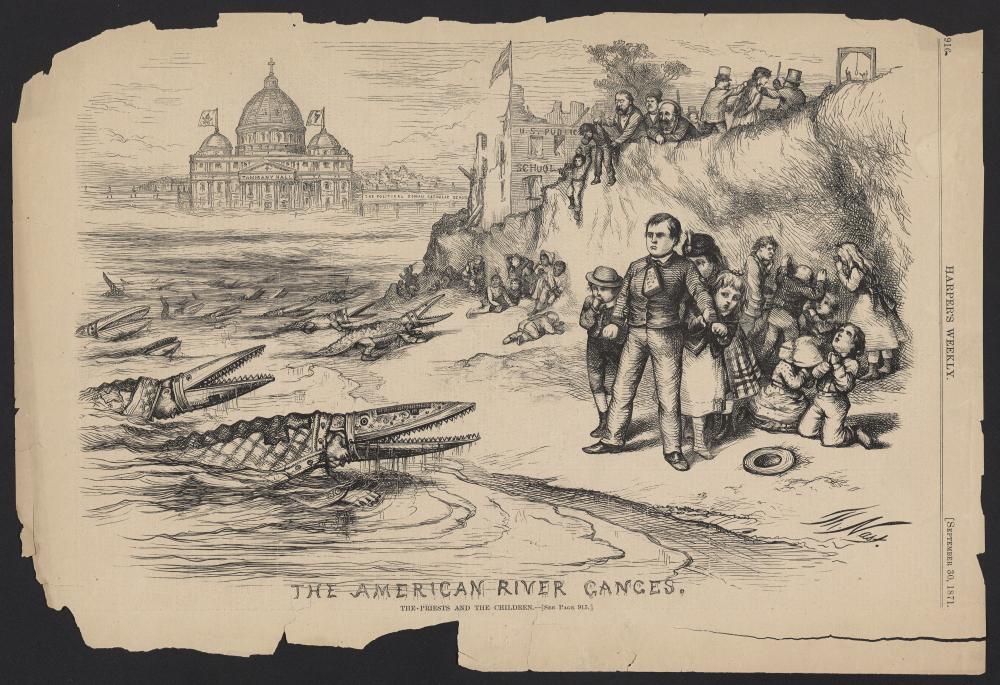Change is in the Air: Updates to the Paycheck Protection Program
by NLI Staff
Bottom Line:
· Changes to the Coronavirus Aid, Relief, and Economic Security Act (“CARES”) Paycheck Protection Program (“PPP”) were signed into law on June 5, through the Paycheck Protection Program Flexibility Act. The changes make the PPP loan terms and forgiveness program more favorable to borrowers.
· Several of the changes are effective retroactively and thus impact both current and future PPP borrowers.
· Nonprofit leaders who accepted PPP loans should evaluate the changes and revisit their timeline for applying for loan forgiveness.
The Paycheck Protection Program Flexibility Act
On June 05, the President signed the bipartisan Paycheck Protection Program Flexibility Act (the “Flexibility Act”).
The Flexibility Act changes the existing Paycheck Protection Program (“PPP”), established by the Coronavirus Aid, Relief, and Economic Security Act (“CARES”) and replenished by the Paycheck Protection Program and Health Care Enhancement Act.
Some of the changes apply only to PPP loans made on or after June 05 (the date the Flexibility Act became law); other changes are effective retroactively, thus impacting both current and future PPP borrowers. Four highlights from the Flexibility Act include:
1. Extending the Loan Forgiveness Period. One of the most significant changes increases the eligible forgiveness period from 8-weeks, as originally established in CARES § 1106(a)(3), to 24 weeks. This longer forgiveness period gives borrowers more time to incur eligible expenses which, for some borrowers, will increase the amount of loan forgiveness. Borrowers with existing loans may still opt for the 8-week period if they prefer. Notably, the maximum loan amount has not changed; the maximum loan is still approximately 2.5 times average monthly payroll during 2019, as established in CARES § 1102(a)(2).
2. Reducing the Percentage Required to Be Used for Payroll. The Flexibility Act reduces the percentage of funds required to be used for payroll from the 75%, previously required under SBA interim final rules, to 60%. This reduction makes qualifying for loan forgiveness easier for organizations with high eligible non-payroll expenses.i
The SBA clarified in a press release that an organization which “uses less than 60 percent of the loan amount for payroll costs during the forgiveness covered period…will continue to be eligible for partial loan forgiveness, subject to at least 60 percent of the loan forgiveness amount having been used for payroll costs.” However, the SBA has not yet issued formal guidance on this issue, and it is unclear whether this interpretation would be within SBA’s authority. Guidance clarifying this issue is expected in the coming weeks.
3. Relief for Businesses Unable to Return to Normal Workforce Levels. The Flexibility Act provides relief for PPP borrowers that have been unable to fully rebuild their workforces.
Prior to the Flexibility Act, under CARES §§ 1106(d)(2)(A) and 1106(d)(3)(A), PPP borrowers received a proportional reduction in loan forgiveness (the “Penalty”) if the borrower reduced its workforce or reduced salaries below a certain threshold. CARES § 1106(d)(5)(B) provided an exemption to this Penalty for borrowers that restored workforce and salary levels by June 30, 2020. In § III(5) of the Interim Final Rule on loan forgiveness, the SBA also created a regulatory safe harbor from the Penalty for borrowers that attempted to rehire past employees but were refused.
Under the Flexibility Act, the CARES § 1106(d)(5)(A) exemption is expanded, giving PPP borrowers 6 extra months (i.e., until December 31, 2020) to rebuild their workforces and restore salary levels. The Flexibility Act also creates two new exemptions from the Penalty. The first applies to borrowers that can demonstrate they cannot rehire the same or similarly qualified employees by December 31, 2020. The second applies to borrowers that can demonstrate they cannot return to normal business activity levels without violating applicable government health guidelines.
4. Loan Maturity for Future PPP Loans. The Flexibility Act increases the minimum loan maturity for future PPP loans to five years, giving new borrowers more time to repay the loans. This change, set forth in § 2(b) of the Flexibility Act, applies to loans made on or after June 5, 2020.
Notably, although the Act’s language could be interpreted as extending the open window for loan applications, the Senate clarified in the record that the loan application deadline is still June 30, 2020.
Looking Ahead
Leaders of organizations which received a PPP loan should revisit their current expense tracking programs to adjust for the new timeline and reduced required payroll percentage, as well as the organization’s plan to apply for loan forgiveness.
Organizations that decide to revisit the program should be sure to take into consideration our posts, SBA Religious Liberty Updates For Faith-Based CARES Act Loan Recipients and Known Unknowns: Faith-Based Organizations and the CARES Act Loan Programs. These posts discuss religious liberty considerations and other non-financial factors which can significantly impact the determination of whether a PPP loan would be in the best interests of the organization.
While uncertainty remains regarding how exactly these changes will be implemented, the good news is that the changes are more favorable to borrowers and more tailored to the challenges they face. The Small Business Administration will likely release updated frequently asked questions, rules, and other guidance in the coming days. This blog will be updated as developments take place and additional information is also available on the Department of Treasury’s PPP website.
.png)




